Top ERP Software Comparison
By Unknown Author | Published: 2024-10-27 | Category: Erp Software
About Erp Software
Enterprise Resource Planning (ERP) software integrates core business processes like finance, HR, manufacturing, supply chain, services, procurement, and more into a single system. It provides a unified view of business operations, improves efficiency, and facilitates data-driven decision-making.
Scoring Criteria
- → Functionality
- → Usability
- → Customization
- → Integration Capabilities
- → Support
- → Value for Money
The Best Erp Software
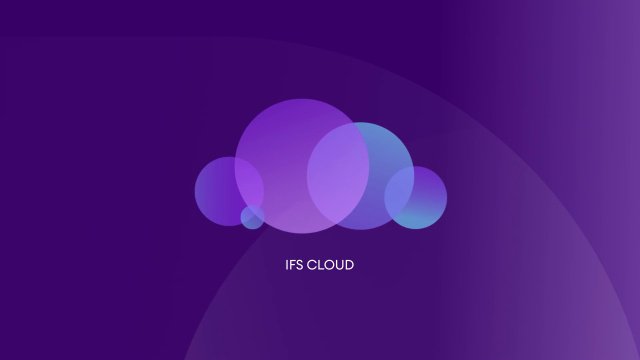 #10
#10
IFS Cloud
By IFS
A comprehensive ERP solution focused on asset-intensive industries, field service management, manufacturing, and aerospace & defense.
Platforms & Use Cases
Platforms: Cloud, Remote (Private Cloud), Self-Managed (On-Premise)
Best For: Asset Management (EAM), Field Service Management (FSM), Complex Manufacturing, Aerospace & Defense, Energy & Utilities, Construction & Engineering
Key Features
- ✓Asset Lifecycle Management: Deep capabilities for managing complex assets throughout their entire lifecycle.
- ✓Field Service Management: Industry-leading FSM features including scheduling, optimization, mobile workforce management.
- ✓Project-Based ERP: Strong support for project-centric operations, including project manufacturing and engineering.
- ✓Composable Architecture: Built as a single platform allowing customers to deploy only the modules they need, when they need them.
Scorecard (Overall: 8.7 / 10.0)
Pricing
Subscription
Contact Vendor
- Selected Modules (e.g., EAM, FSM, ERP)
- User Licenses
- Deployment Option Choice
Limitations: Quote-based, tailored to specific industry and functional scope
Pros
- + Exceptional strength in EAM and FSM
- + Deep industry knowledge in target verticals
- + Flexible deployment options
- + Modern, unified cloud platform
Cons
- - Less known outside its core industries
- - Can be complex and expensive
- - Implementation typically requires specialized partners
Verdict
"A top-tier choice for asset-intensive industries and companies with significant field service operations, offering deep, specialized functionality."
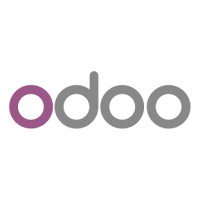 #9
#9
Odoo
By Odoo S.A.
An open-source suite of business applications offering a wide range of modules (ERP, CRM, eCommerce, etc.) with a flexible, app-based pricing model.
Platforms & Use Cases
Platforms: Cloud, On-Premise, Odoo.sh (PaaS)
Best For: SMBs, Startups, Companies needing high flexibility, Cost-conscious organizations
Key Features
- ✓Modular Design: Vast library of integrated apps covering almost every business need.
- ✓Open Source Flexibility: Core is open source, allowing deep customization and community contributions.
- ✓Affordable Pricing: Competitive pricing, especially the 'one app free' model and bundled pricing.
- ✓Integrated Website/eCommerce: Strong capabilities for building websites, online stores, and customer portals directly linked to ERP data.
Scorecard (Overall: 8.9 / 10.0)
Pricing
Free
Contact Vendor
- One App Free (e.g., Accounting or CRM)
Limitations: Limited to a single application
Standard
$19.90 / Per User/Month (Annual)
- All Odoo Apps
- Cloud Hosting
- Support
Limitations: Hosted on Odoo Cloud
Custom
$29.90 / Per User/Month (Annual)
- All Odoo Apps
- Odoo.sh Hosting
- On-Premise option
- Studio Customization
- External API Access
Limitations: Requires more technical setup/management
Pros
- + Extremely flexible and customizable (open source)
- + Very broad range of integrated applications
- + Affordable pricing model
- + Active community
Cons
- - Support quality can vary
- - Can become complex with many apps installed
- - Requires technical expertise for deep customization or self-hosting
Verdict
"An incredibly flexible and cost-effective option, particularly strong for SMBs that value customization and a wide array of integrated business functions."
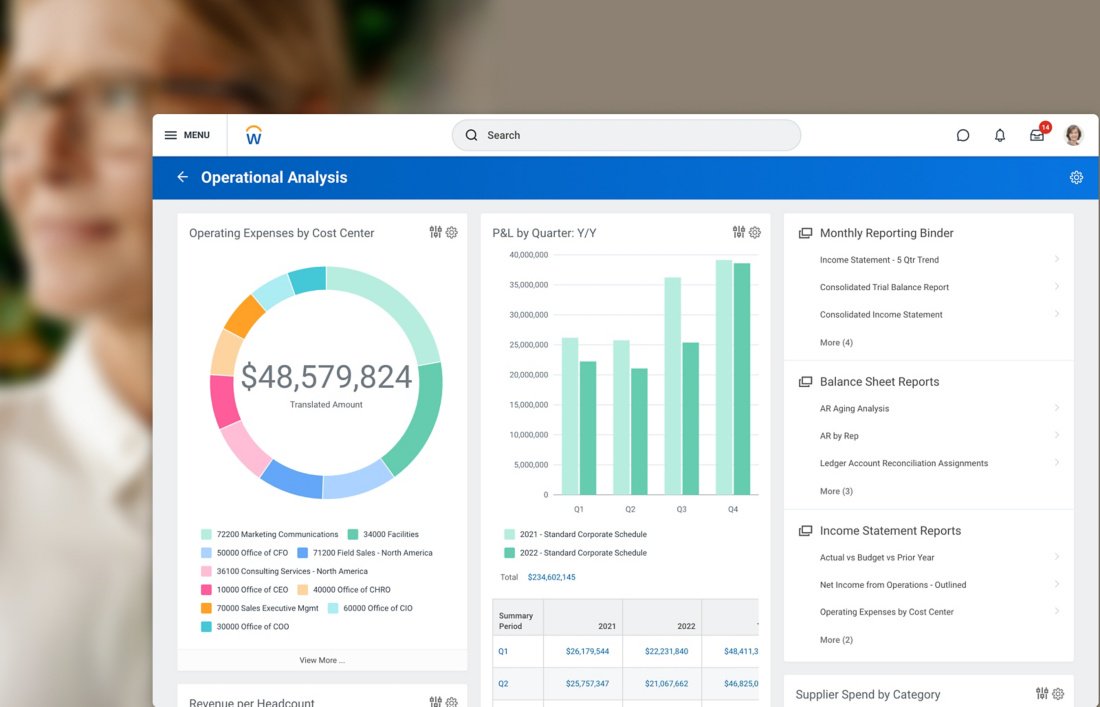 #8
#8
Workday Financial Management
By Workday
A cloud-native platform primarily known for HCM, but with strong Financial Management capabilities, often adopted by large, service-centric organizations.
Platforms & Use Cases
Platforms: Cloud
Best For: Large Enterprises, Service-Centric Industries (Finance, Tech, Healthcare, Higher Ed), Financial Planning & Analysis (FP&A)
Key Features
- ✓Unified Finance and HR: Combines financials, HCM, and planning into a single system with one data model.
- ✓Continuous Accounting: Enables real-time transaction processing and period closes.
- ✓Intelligent Data Core: Provides multi-dimensional reporting and analytics embedded within processes.
- ✓User Experience: Known for its modern, consumer-grade user interface.
Scorecard (Overall: 8.6 / 10.0)
Pricing
Subscription
Contact Vendor
- Financial Management Core
- Optional modules (Planning, Procurement, Projects)
- User-based (often bundled)
Limitations: Primarily finance/HR focused, less depth in manufacturing/supply chain, Premium pricing
Pros
- + Best-in-class user experience
- + Seamless unification of Finance and HR data
- + Strong planning and analytics capabilities
- + True cloud-native architecture
Cons
- - Less suitable for manufacturing or complex supply chain operations
- - Expensive
- - Limited customization compared to traditional ERPs
Verdict
"An excellent choice for large, people-centric organizations prioritizing unified HR/Finance and a superior user experience, particularly in service industries."
 #7
#7
Infor CloudSuite
By Infor
A collection of industry-specific cloud ERP solutions built on AWS, targeting enterprise and mid-market customers in manufacturing, distribution, healthcare, and public sector.
Platforms & Use Cases
Platforms: Cloud
Best For: Manufacturing (Process & Discrete), Distribution, Healthcare, Public Sector, Hospitality
Key Features
- ✓Industry Specialization: Deep 'last-mile' functionality tailored for specific industries, reducing need for heavy customization.
- ✓Cloud Native on AWS: Leverages AWS infrastructure for scalability, security, and performance.
- ✓Infor OS Platform: Provides integration, AI (Coleman), analytics (Birst), and user experience services.
- ✓Networked Supply Chain: Features tools like Infor Nexus for supply chain visibility and collaboration.
Scorecard (Overall: 8.7 / 10.0)
Pricing
Subscription
Contact Vendor
- Industry-Specific Suite
- Infor OS
- Analytics
- User Licenses
Limitations: Pricing is quote-based and varies significantly by industry suite and scale
Pros
- + Excellent industry-specific functionality
- + Modern cloud architecture on AWS
- + Integrated AI and analytics platform
- + Strong supply chain capabilities
Cons
- - Can be complex due to the breadth of offerings
- - Implementation often requires specialized partners
- - Brand recognition lower than SAP/Oracle
Verdict
"A strong enterprise-grade cloud ERP contender, particularly compelling for organizations seeking deep functionality tailored to their specific industry."
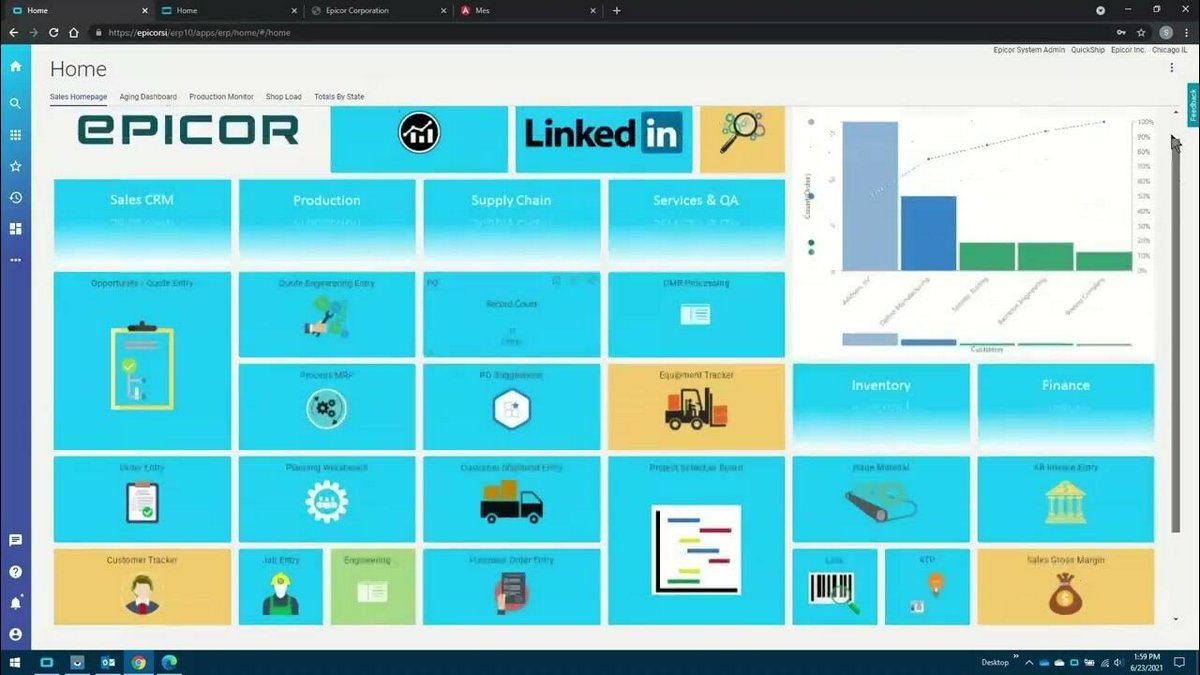 #6
#6
Epicor ERP (Kinetic)
By Epicor
An industry-specific ERP solution primarily focused on the manufacturing sector, offering deep functionality for production, supply chain, and distribution.
Platforms & Use Cases
Platforms: Cloud, On-Premise
Best For: Discrete Manufacturing, Distribution, Automotive, Building Supply, Retail (specific niches)
Key Features
- ✓Manufacturing Expertise: Deep features for various manufacturing modes (Make-to-Order, Configure-to-Order, etc.).
- ✓Supply Chain Management: Comprehensive tools for inventory, warehousing, procurement, and logistics.
- ✓Epicor Kinetic Design: Modern, browser-based user experience with role-based dashboards.
- ✓Industry Focus: Tailored solutions and workflows for specific manufacturing and distribution sub-verticals.
Scorecard (Overall: 8.5 / 10.0)
Pricing
Quote-Based
Contact Vendor
- Core ERP Modules
- Industry-Specific Modules
- User Licenses
Limitations: Can be complex and costly to implement
Pros
- + Exceptional depth in manufacturing functionality
- + Strong industry-specific solutions
- + Flexible deployment options (Cloud/On-Premise)
- + Modern Kinetic interface is an improvement
Cons
- - Primarily focused on manufacturing/distribution; less broad than some competitors
- - Can be complex to implement and manage
- - User interface historically less intuitive (though improving)
Verdict
"A top choice for mid-market to larger manufacturers needing deep, industry-specific operational capabilities."
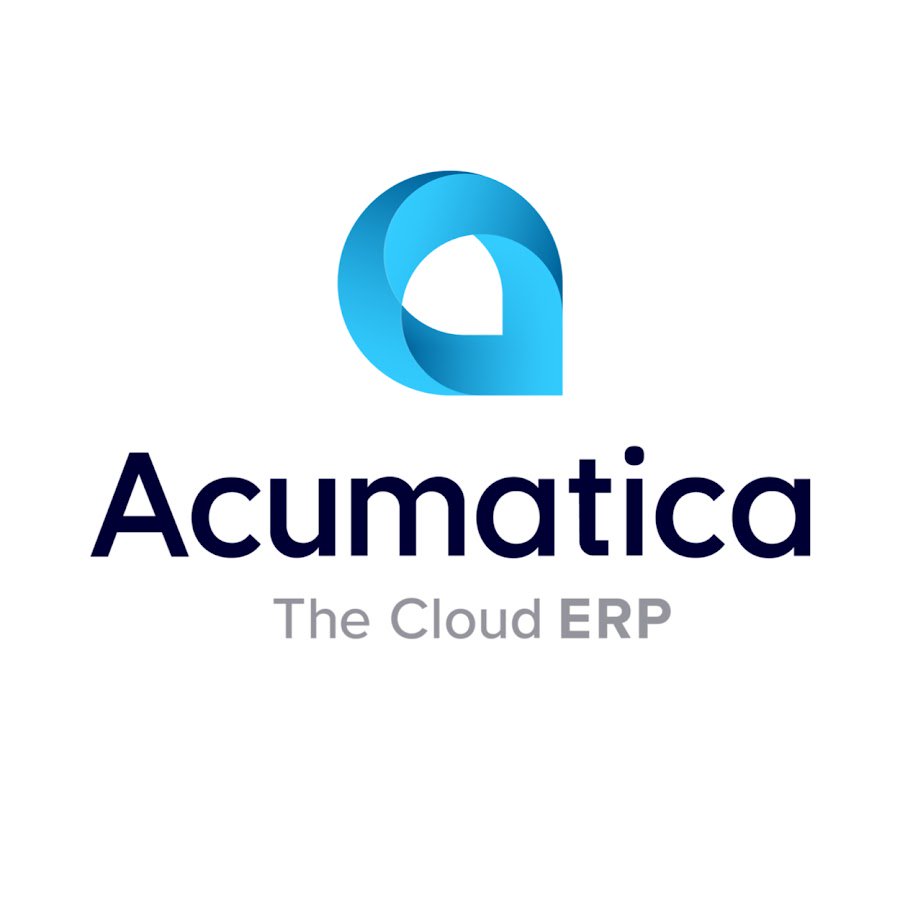 #5
#5
Acumatica Cloud ERP
By Acumatica
A flexible and modern cloud ERP solution with unique resource-based pricing, catering to mid-market companies across various industries.
Platforms & Use Cases
Platforms: Cloud, Private Cloud, On-Premise (via partners)
Best For: Distribution, Manufacturing, Construction, Retail-Commerce, Field Service
Key Features
- ✓Resource-Based Pricing: Pricing based on computing resources used, not per user, encouraging broad adoption within a company. (Unlimited Users)
- ✓Industry Editions: Tailored editions with specific functionality for target industries.
- ✓Mobile Access: Provides full functionality through mobile apps on iOS and Android.
- ✓Open Architecture: Built on a modern platform with strong APIs for customization and integration.
Scorecard (Overall: 8.9 / 10.0)
Pricing
Subscription
Contact Vendor
- Selected Application Suites
- Unlimited Users
- Choice of Deployment
Limitations: Pricing complexity based on resources consumed and modules selected
Pros
- + Unique unlimited user pricing model
- + Modern, user-friendly interface
- + Strong mobile capabilities
- + Flexible deployment options
- + Good industry-specific features
Cons
- - Resource-based pricing can be hard to predict initially
- - Relatively newer compared to giants like SAP/Oracle
- - Requires partner for implementation and sometimes support
Verdict
"A highly adaptable and user-friendly cloud ERP, particularly attractive for growing companies due to its unlimited user pricing model."
 #4
#4
Sage Intacct
By Sage
A cloud-native financial management and accounting software, often extended with marketplace apps to provide broader ERP functionality, targeting SMBs and mid-market.
Platforms & Use Cases
Platforms: Cloud
Best For: Financial Services, Software & SaaS, Nonprofits, Professional Services, Healthcare
Key Features
- ✓Core Financials: Robust accounting features including general ledger, accounts payable/receivable, cash management. (AICPA Preferred)
- ✓Multi-Dimensional Reporting: Allows slicing and dicing financial data across various dimensions (location, department, project).
- ✓Automation: Automates key accounting processes like consolidations, allocations, and revenue recognition.
- ✓Open API & Marketplace: Integrates easily with other best-of-breed applications through APIs and a partner marketplace.
Scorecard (Overall: 8.7 / 10.0)
Pricing
Subscription
Contact Vendor
- Core Financials
- User Licenses
- Optional Modules (Inventory, Project Accounting, etc.)
Limitations: Primarily finance-focused; broader ERP requires integrations, Quote-based pricing
Pros
- + Best-in-class cloud financial management
- + Strong multi-entity and multi-dimensional reporting
- + High user satisfaction
- + Excellent integration capabilities
Cons
- - Core focus is finance; less native breadth in operations/manufacturing than full ERPs
- - Requires marketplace apps for full ERP scope
- - Can be pricey for smaller businesses
Verdict
"An exceptional choice for organizations prioritizing deep financial management capabilities in the cloud, with strong integration options."
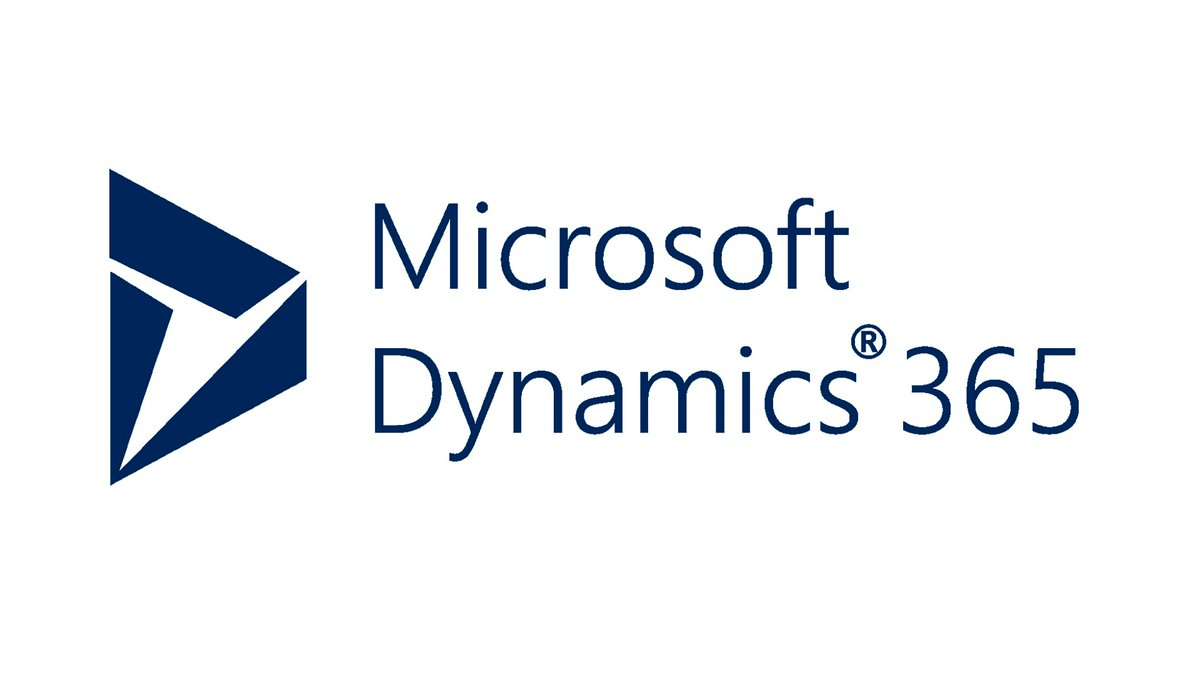 #3
#3
Microsoft Dynamics 365
By Microsoft
A suite of interconnected business applications, primarily split into Business Central (SMB) and Finance & Operations (Enterprise), tightly integrated with the Microsoft ecosystem.
Platforms & Use Cases
Platforms: Cloud, On-Premise (limited), Hybrid
Best For: SMBs (Business Central), Large Enterprises (Finance & Operations), Retail, Manufacturing, Professional Services
Key Features
- ✓Modular Approach: Allows businesses to start with specific applications (e.g., Finance, Supply Chain) and add more as needed.
- ✓Microsoft Ecosystem Integration: Seamless integration with Office 365, Power BI, Power Platform, and Azure.
- ✓Role-Based Workspaces: Tailored user interfaces and dashboards based on job roles.
- ✓AI and Mixed Reality Features: Incorporates AI insights and tools like Dynamics 365 Guides for mixed reality training.
Scorecard (Overall: 8.9 / 10.0)
Pricing
Business Central (SMB)
$70.00 / Per User/Month
- Financial Management
- Sales & Service
- Supply Chain
- Project Management
Limitations: Scaled for SMB needs
Finance & Operations (Enterprise)
$180.00 / Per User/Month (Base + Attach pricing model)
- Advanced Finance
- Supply Chain
- Manufacturing
- Commerce
Limitations: More complex setup, higher base cost
Pros
- + Excellent integration with Microsoft products
- + Flexible modular pricing
- + Strong capabilities for both SMBs and Enterprises
- + Modern user interface
Cons
- - Licensing can be complex
- - Distinction between Business Central and F&O can be confusing
- - Implementation requires experienced partners
Verdict
"A powerful and flexible choice, especially for organizations heavily invested in the Microsoft ecosystem, offering tailored solutions for different business sizes."
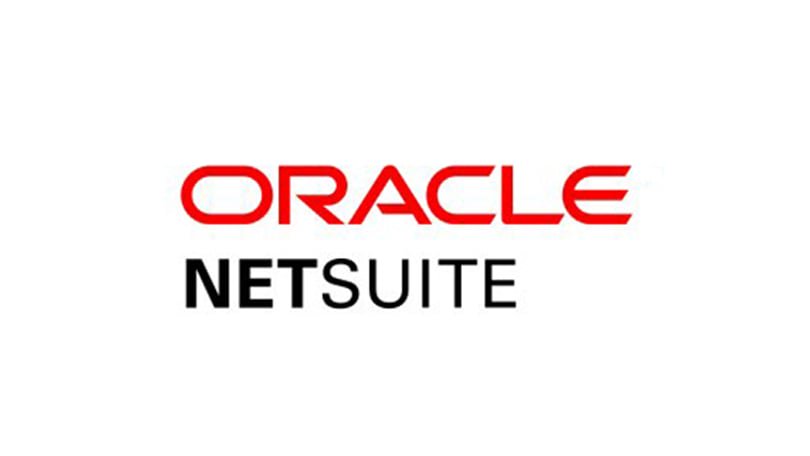 #2
#2
Oracle NetSuite
By Oracle
A leading cloud-based ERP system popular among mid-market companies and high-growth businesses, offering a unified platform for various business functions.
Platforms & Use Cases
Platforms: Cloud
Best For: Mid-Market Businesses, Software & Technology, Retail, Wholesale Distribution, Manufacturing
Key Features
- ✓Unified Business Management: Combines ERP, CRM, eCommerce, and PSA in one cloud platform.
- ✓Real-time Visibility: Provides dashboards and reporting across finance, sales, inventory, and operations.
- ✓Built-in Business Intelligence: Offers embedded analytics and reporting tools for data-driven decisions.
- ✓Scalability: Designed to scale with business growth, supporting multiple currencies and subsidiaries.
Scorecard (Overall: 8.6 / 10.0)
Pricing
Subscription
Contact Vendor
- Core ERP modules
- CRM
- Optional advanced modules (Manufacturing, WMS, etc.)
- User licenses
Limitations: Pricing based on modules, users, and contract term; can become expensive
Pros
- + True cloud-native architecture
- + Comprehensive suite covering ERP, CRM, eCommerce
- + Highly scalable for growing businesses
- + Strong reporting and analytics
Cons
- - Can be expensive, especially with add-on modules
- - Steeper learning curve for some modules
- - Customer support experiences vary
Verdict
"An excellent all-in-one cloud ERP for mid-market companies seeking scalability and a unified view across operations."
View Top Ranked Software
Watch a short ad to unlock the details for the #1 ranked software.
 #1
#1
SAP S/4HANA
By SAP
A comprehensive, intelligent ERP suite designed for large enterprises, leveraging an in-memory database for real-time analytics and operations.
Platforms & Use Cases
Platforms: Cloud, On-Premise, Hybrid
Best For: Large Enterprise Operations, Complex Manufacturing, Global Supply Chain Management, Finance Transformation
Key Features
- ✓Real-time Analytics: Utilizes the HANA in-memory database for instant insights across all business functions.
- ✓Industry-Specific Solutions: Offers pre-configured solutions tailored for various industries like automotive, retail, and public sector.
- ✓Integrated Business Processes: Connects finance, logistics, procurement, manufacturing, and HR seamlessly.
- ✓Intelligent Automation: Embeds AI and machine learning for process automation and predictive insights.
Scorecard (Overall: 8.7 / 10.0)
Pricing
Quote-Based
Contact Vendor
- Full Suite Access (Configurable)
- Implementation Services
- Support Options
Limitations: High implementation cost and complexity
Pros
- + Extremely comprehensive functionality
- + Powerful real-time analytics
- + Highly scalable for global operations
- + Strong industry-specific capabilities
Cons
- - Very expensive implementation and ownership
- - Complex user interface
- - Requires significant internal expertise
Verdict
"The gold standard for large, complex enterprises needing deep functionality and real-time processing, but requires substantial investment."
Author information could not be loaded for this review.
Final Thoughts
The ERP software market offers a diverse range of solutions catering to different business sizes, industries, and operational priorities. Large enterprises often gravitate towards the comprehensive but complex SAP S/4HANA or industry-specific suites like Infor CloudSuite. Mid-market companies find strong value in scalable cloud platforms like Oracle NetSuite, Microsoft Dynamics 365, and Acumatica. Financially-focused organizations favor Sage Intacct, while those in asset-intensive or service industries look to IFS Cloud or Epicor. Odoo stands out for its flexibility and affordability, particularly for SMBs.